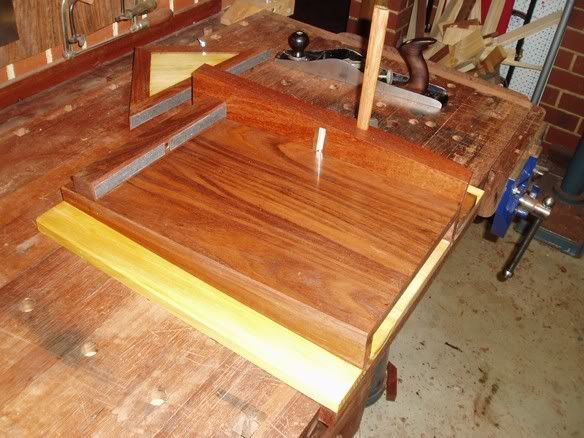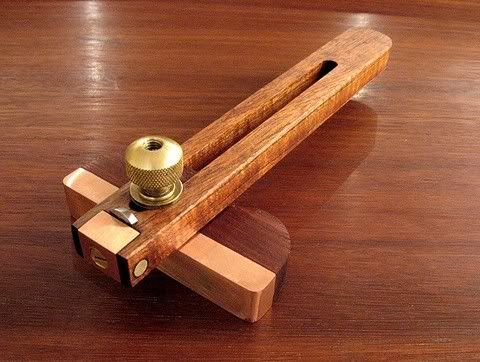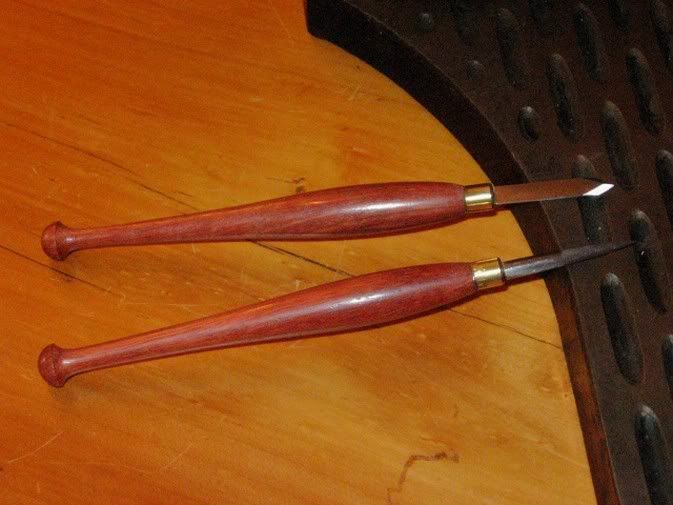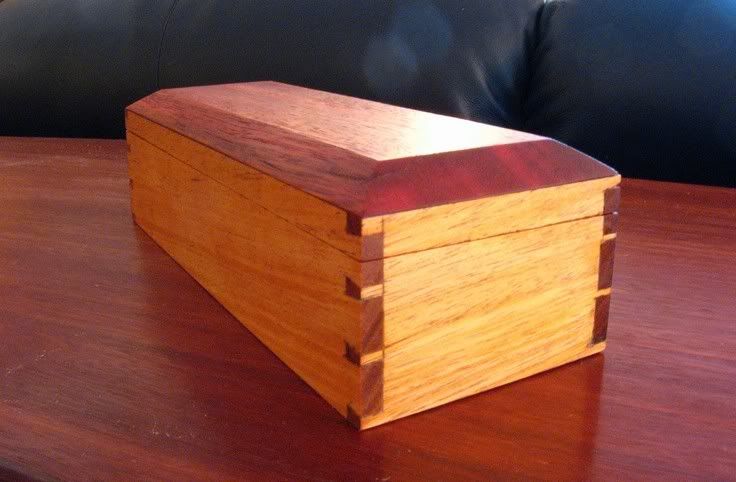I was wondering what tools I needed to start practicing hand cutting dovetails. I've got and enormous number of scrap pieces that are screaming at me to cut them up, so I figured I may as well. I've got a dovetail saw and various sizes of chisels, along with the Mk II Honing guide (Lots of pratice with it since the chisels are dollar-store crap). A huge drawback for me is that I lack a vice, so I'm wondering if this is doomed from the get-go. But besides the vise, what would I need to start hacking away? I REALLY like the look of the houndstooth dovetails in FWW a few issues back. Any feedback is appreciated.
Owen




 Reply With Quote
Reply With Quote









